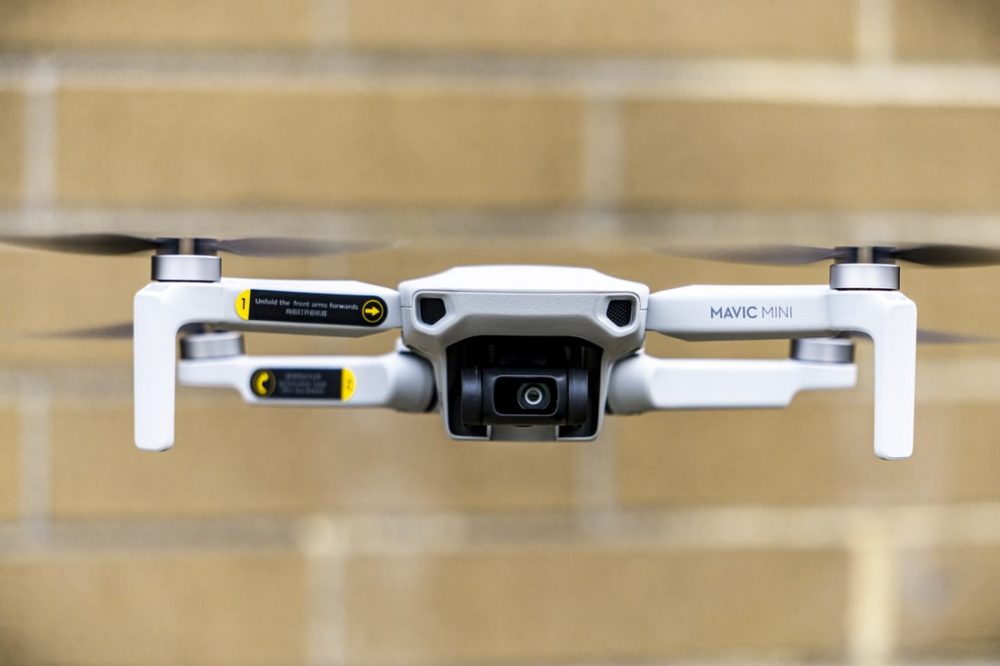The latest technological advancements are having a tremendous impact on the field of surveying, altering the way it is done and providing information that is previously unheard of. Drones in combination with ground-penetrating radar are helping people do more than they ever have before.
Drones have improved safety and efficiency for surveyors in difficult terrains. Learn about the most current advancement in land development, building, and more in this article. GPR is more precise, efficient, flexible, and safer to use when installed on a lightweight drone.
When it com flight. Technicians have access to a remote screenes to aerial surveying, how does a drone work?
The UAV’s em to check radar status
bedded software immediately begins recording findings from the ground-penetrating radar as it takes
and do surveys while the drone is in the air. the drone’s flight path is configured in a grid pattern to scan the region At this point, the information has been downloaded to the ground control program.
When it comes to using drones for GPR, here are the advantages.
Agriculture, mining, utilities, warehousing, and construction are just a few sectors that have been affected by drone technology in the last few years. Surveying is quite advantageous since new uses are found almost daily. The portability and autonomous operation of drones make them a viable tool for a wide range of tasks.
Reliability
Sophisticated drones fly in close proximity to the ground, and use pinpoint accuracy. This, when used for surveying and photography, yields higher data resolution. The accuracy of the gathered data using GPR technology is incredible, and the documentation is thorough. Traditional surveying techniques provide similar findings, if not somewhat more accurate outcomes.
Effectiveness
Using drones, professionals may more precisely locate locations that they want to examine, allowing them to accomplish their goals much more quickly. This technology is capable of gathering data even over vast regions and uneven terrain. It does it in a fraction of the time it would take using other methods. Improving the speed and lower cost use of projects results in saving money.
Safety
drone software makes it easier to map the terrain and property without risk. Survey technicians may now do work in hazardous locations, including in severe circumstances and on hard terrain, remotely. Manned vehicles or people are not able to go into areas where there is risk. So, working from a distance, the drone can do tasks that a manned device or human could not. This innovation helps reduce the risks of work-related accidents and injuries and delays.
Durability
Using surveillance drones in seismic surveys dramatically expands the range of land access. Surveyors can reach places that were previously inaccessible to them because of the high cost and specialised equipment needed.
In our industry, drones are put to use in the following ways: land surveying, tutoring wayward subways, Using thermal imaging to, Bathymetry, and Using a laser scanner.
Although surveying busy roads, flooded regions, or crowded cities may be time-consuming for traditional manned aircraft, UAVs are more than capable of completing the task. It is possible to see underneath the surface of the earth, ice, rocks, buildings, and other objects when a GPR is attached to a drone. Applications in remote sensing of freshwater and frozen surfaces, and profiling the bottoms of bodies, including lakes, ponds, and rivers, are possible in GPR-drone integrated systems. These documents may help construction workers get an accurate picture of the buildings they’re about to dig up. Before digging, it is essential to have a good understanding of where cement sewage pipes and tunnels are below the surface.
Visualize
There are extra materials that are useful throughout the planning and development stages that airborne surveying may provide. Examples of the imaging capability that drones offer include ground pictures and aerial views of landscape or metropolitan areas.
GPR surveying is done using the UGCS for Ground Penetrating Radar (GPR)
Due to difficult geographical settings and wind patterns, in most instances, GPR surveys are hard labor and maybe extremely hazardous for field workers. Drones may be used here. They are compact, readily transported, and capable of flying independently with great accuracy at low altitudes. Accurate survey findings are assured, and worker safety is enhanced as well. The GPR may be placed to a drone to provide more options for scanning certain surfaces, such as soil, structures or buildings, water, ice, and rocks that may be dangerous or hazardous.
Conclusion
However, despite the fact that GPR is among the most successful types of non-destructive testing, it is not without its limitations. We’ve covered how factors like the monitoring area’s characteristics and material, as well as the person using the device, all have an impact on its accuracy.
